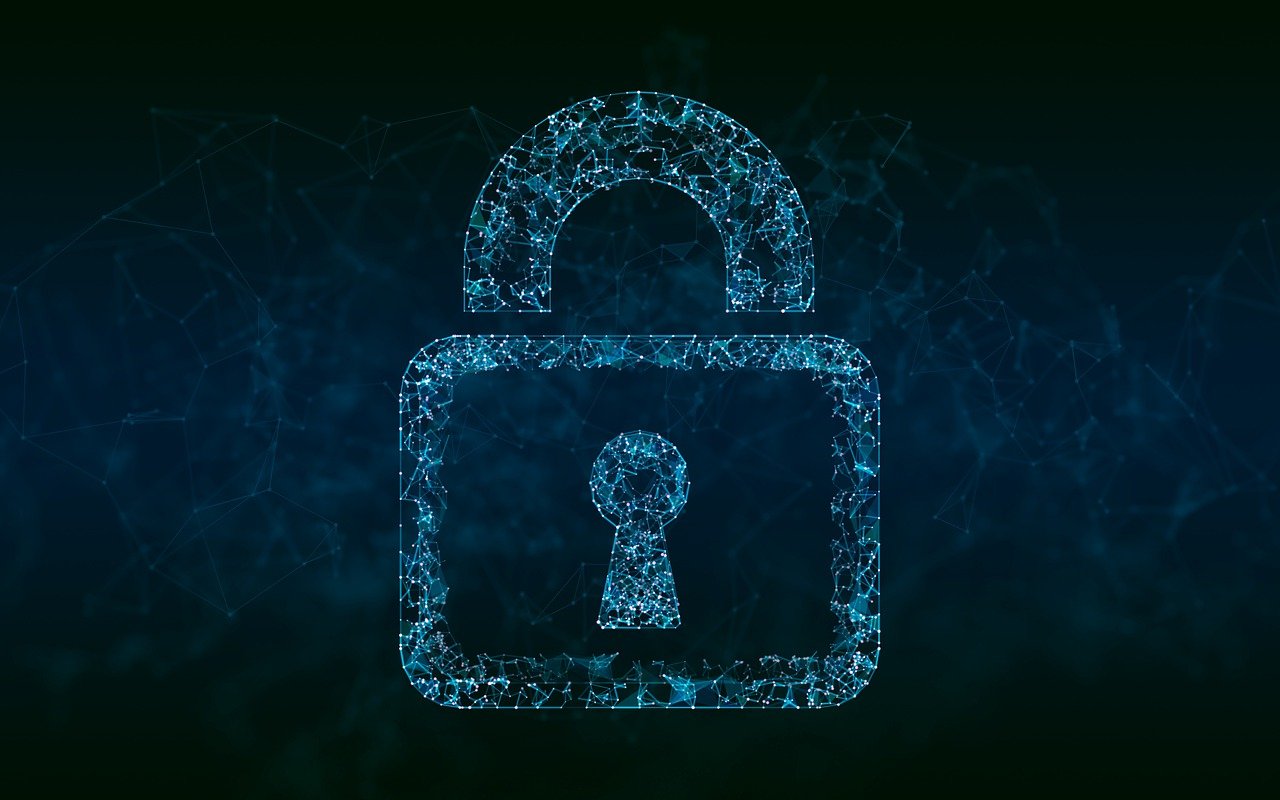· 4 min read
What is Data Integrity in Healthcare
Learn about the need to protect the integrity of clinical data in healthcare.

It’s the era of massive data generation, storage, and analysis. Ensuring the integrity of data has become a pivotal concern for organizations across sectors. Data integrity refers to the accuracy, consistency, and reliability of data throughout its lifecycle. When data integrity is compromised, organizations face risks that can result in significant financial, reputational, and operational damage. In this article, we will explore what data integrity risks are and provide policy examples to mitigate these risks.
Understanding Data Integrity Risks
Data integrity risks arise when data is subject to unauthorized access, alteration, or destruction, leading to inaccuracies and inconsistencies. These risks are exacerbated by factors such as human error, cyber attacks, insufficient security measures, and inadequate data management practices. Key integrity risks include:
Human Error: Mistakes during data entry, processing, or maintenance can lead to data inaccuracies. Even small errors can propagate through systems, leading to significant integrity issues.
Cyber Attacks: Malicious entities often target organizational data to alter or destroy it. Cyber threats like ransomware, hacking, and phishing can compromise data integrity. AI for example, can be used to maliciously alter patient records, replacing a positive with a negative, and vice versa.
Poor Data Governance: Without robust data management policies, organizations may struggle to maintain data quality and accuracy. Lack of clear ownership, undefined protocols, and absent audit trails heighten integrity risks.
System Failures: Hardware malfunctions or software bugs can disrupt data processes, leading to incomplete, outdated, or corrupt data.
Inadequate Change Management: Uncontrolled changes in data processing systems or practices can affect data integrity. A lack of version control and change documentation are notable risks here.
Policy Examples to Mitigate Data Integrity Risks
Ensuring data integrity involves implementing comprehensive policies that address the various risks. These policies should be multi-faceted, addressing technical, organizational, and human factors. Below are some policy examples:
1. Data Entry and Validation Policies
To minimize human errors:
- Data Entry Standards: Implement uniform data entry protocols. Use drop-down menus, checkboxes, and data type restrictions to standardize input.
- Real-Time Validation: Employ automated validation to check for errors immediately upon data entry.
2. Security and Access Control Policies
To guard against cyber threats:
- Role-Based Access Control (RBAC): Limit data access based on the user’s role within the organization. Ensure that users have only the access necessary for their roles.
- Encryption and Anonymization: Encrypt sensitive data both at rest and in transit. Use anonymization techniques to protect personal information.
- Regular Security Audits: Conduct frequent security assessments to identify and patch vulnerabilities.
3. Data Governance and Management Policies
To bolster data governance:
- Data Stewardship: Assign data stewards to oversee data quality and integrity. They should enforce data governance policies and standards.
- Data Lifecycle Management: Implement practices covering data creation, storage, usage, and archival. Regularly review and purge obsolete data.
- Audit Trails: Establish extensive logging of data changes and accesses to trace any issues back to their source.
4. System Reliability and Back-Up Policies
To mitigate risks from system failures:
- Redundancy Protocols: Maintain redundant systems and backup data regularly to ensure data is recoverable in case of failure.
- Disaster Recovery Plans: Develop clear procedures for data restoration following disruptions, ensuring minimal integrity loss.
5. Change Management Policies
To ensure controlled adaptation:
- Documentation and Communication: All changes to data processes should be thoroughly documented and communicated to stakeholders.
- Version Control: Use version control systems for databases and software to track changes and enable rollbacks if errors occur.
Conclusion
Maintaining data integrity is a continuous process that requires attention to detail and a proactive stance against both internal and external threats. By implementing comprehensive policies and leveraging technological advancements, organizations can safeguard their data integrity, thereby protecting the value and insights derived from their data. In this digital age, where data is considered a core asset, understanding and addressing data integrity risks is not optional but essential for sustaining competitive advantage and operational excellence.

